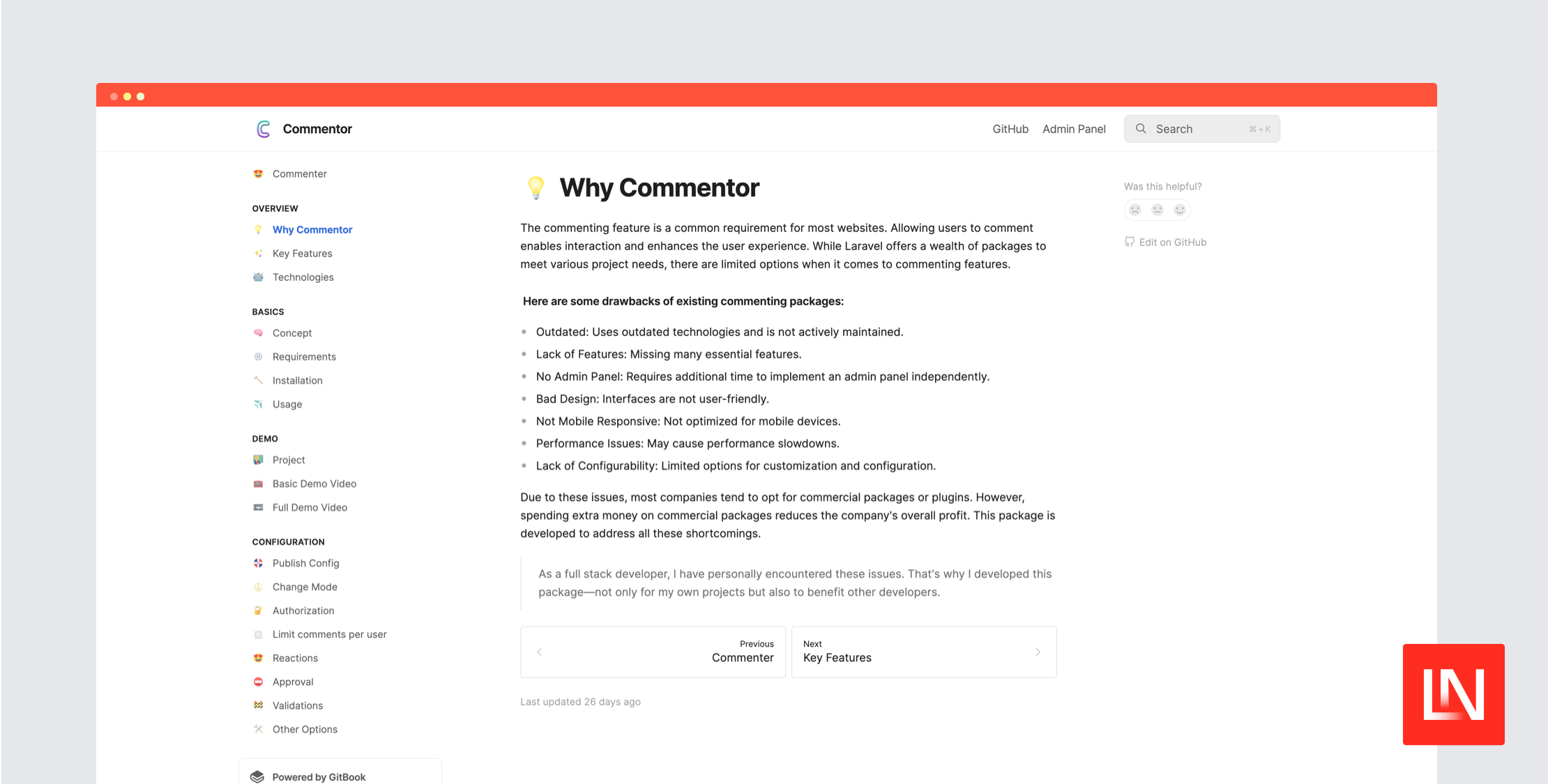In the realm of Laravel development, securing APIs is paramount. DreamFactory, a Backend-as-a-Service platform, plays a crucial role in this environment by providing robust security mechanisms for your APIs, ensuring that they are not only functional but also secure and reliable.
Common Security Challenges in Laravel API Development
Developing APIs in Laravel presents several security challenges:
- Unauthenticated Access: APIs exposed without proper authentication mechanisms are vulnerable to unauthorized access.
- Injection Attacks: Without proper validation and sanitation, APIs might fall victim to SQL injection or similar attacks.
- Data Exposure: Sensitive data might be inadvertently exposed through APIs without adequate security measures in place.
Mitigating Security Challenges with DreamFactory
DreamFactory is a backend-as-a-service that collapses a dozen steps associated with traditional API development into only a few steps. For starters, DreamFactory generates your API from the data schema. By mapping your data schema directly to a API schema, you can streamline your development process and start working with your data quickly. DreamFactory addresses the security challenges mentioned above through:
- Authentication: DreamFactory provides an entire back-end framework for various authentication protocols, including JWT, OAuth, and API Keys, ensuring that only authorized users can access your APIs.
- Role-Based Access Controls (RBAC): With RBAC, you can easily define access levels for different users, provide fine-grained control over who can access what within your APIs, and issue or reissue keys.
- Rate Limiting: Depending on your data source, building in rate-limiting can be a pain. DreamFactory can be setup to rate limit any API in seconds.
- Data Sanitization and Validation: DreamFactory automatically validates and sanitizes data passing through your APIs, protecting against injection attacks.
- Data Masking: Sensitive data is protected through data masking, ensuring that it isn’t exposed unintentionally.
Implementing Security Measures with DreamFactory
Implementing security measures using DreamFactory in a Laravel environment is straightforward:
- Set Up Authentication:
- Choose an authentication protocol supported by DreamFactory.
- Configure the authentication settings within the DreamFactory dashboard.
- Integrate the authentication mechanism into your Laravel application.
- Define Access Controls:
- Use DreamFactory’s RBAC system to define user roles and permissions.
- Assign roles to users, controlling their access to various API endpoints.
- Setup Rate Limiting:
- Configure rate limiting to mitigate potential abuse.
- Implement Data Validation and Sanitization:
- Utilize DreamFactory’s automatic data validation and sanitization features.
- Configure validation rules for your API endpoints to ensure data integrity.
- Enable Data Masking:
- Identify sensitive data within your application.
- Configure data masking rules in DreamFactory to protect this data.
Conclusion
Securing APIs in Laravel is a complex task, but with tools like DreamFactory, developers can mitigate common security challenges effectively. By leveraging DreamFactory’s features, you can not only secure your APIs but also simplify the process of implementing robust security measures in your Laravel applications.

Eric is the creator of Laravel News and has been covering Laravel since 2012.











